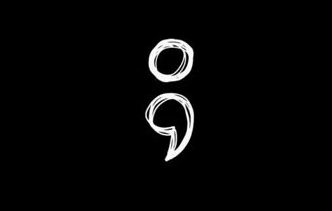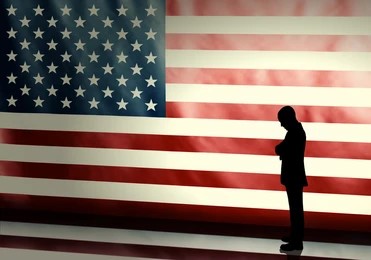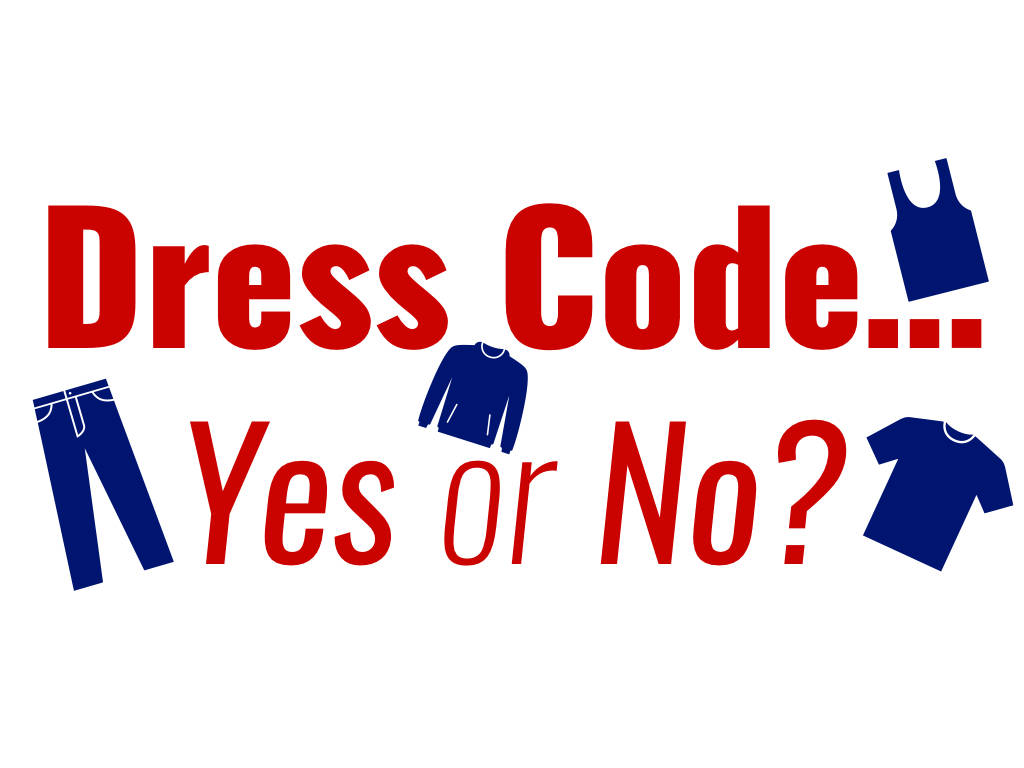For years, school dress codes have been implemented as a way for schools to preserve modesty, instill a sense of equality among students, and, with the administration of uniforms, create a unified school identity. Additionally, such rules are placed with the intent of creating a ‘distraction-free’ learning environment for students. School dress code has always been the topic of debate, especially among high school students. People – parents, teachers, and students alike – argue over its necessity and impact on students; in an ever-evolving world like ours, we must take these ideals seriously as society begins to emphasize the importance of self-expression and individuality. With this in mind, schools should consider revising their dress code policies to be more inclusive and comforting, as it tends to hinder students’ individuality by restricting their ability to culturally and religiously express themselves through clothing, and by being unfairly discriminatory and gender-biased against female students.
One of the main reasons why school dress codes are so widely criticized is because it stunts students’ self-expression by restricting their ability to express their culture and religion through their clothes.
While school dress codes manage to stifle students’ self-expression by undermining their cultural and religious individualism, the sexism prevalent also contributes to these restrictions – unfairly targeting female students and hindering their individuality by emphasizing gender stereotypes within its collection of rules. Schools, however unintentional, are repeatedly pressing these gender-biased policies in hopes of maintaining that ‘distraction-free’ learning environment. However, by persistently pushing enforcement unto female students based on these prejudiced rules, such as no shoulder straps, sleeve length, skirt and shorts length, schools are labeling female students’ appearances as disruptive and socially unacceptable. Dress code rules also harm female students’ self-esteem by focusing on rules such as prohibiting tight-fitted clothing or clothing that is deemed ‘too form-fitting’, indirectly participating in body-shaming. Some schools even go as far as prohibiting female students from wearing pants and cutting their hair short, further hurting a student’s right to selfhood. This is especially true in the eyes of non-binary students, as they are forced to conform to one gender instead of expressing their gender through their own uniqueness. Some people argue that dress code policies are not sexist but rather aim to maintain a safe and focused environment where they can instill the idea of proper decorum into students’ minds in preparation for a future in the workplace where certain dress standards are expected. While it may be important to introduce students to the idea of a certain degree of dress standard, it should not be at the expense of their own comfort. Every student, regardless of gender, deserves to feel confident and comfortable in their own clothes and not be forced to surrender to a narrow-minded idea of dress expectations. School dress code, whether meaning to or not, has many gender-biased rules that, in the long run, will affect, not only female students’ education but also their self-confidence and uniqueness.
In conclusion, the attention surrounding dress code policies has grown so large that the focus on education is slowly diminishing and becoming overshadowed by them. Schools are increasingly prioritizing the enforcement of dress codes which in turn causes students to spend more time worrying about following these policies than on learning – limiting students’ focus on their own academic growth. Thus, by revising school dress codes to a point where they are more positively received, teachers and students alike can begin to refocus their attention and continue the path to academic success. The path where students can begin to feel more confident in their academic ability and in themselves, developing critical thinking and problem-solving skills that will benefit them throughout life. All in all, a revised school dress code will provide a true ‘distraction-free’ learning environment and lead to career opportunities for students; creating a better world full of innovative ideas fueled by self-expression and confidence in character.
























